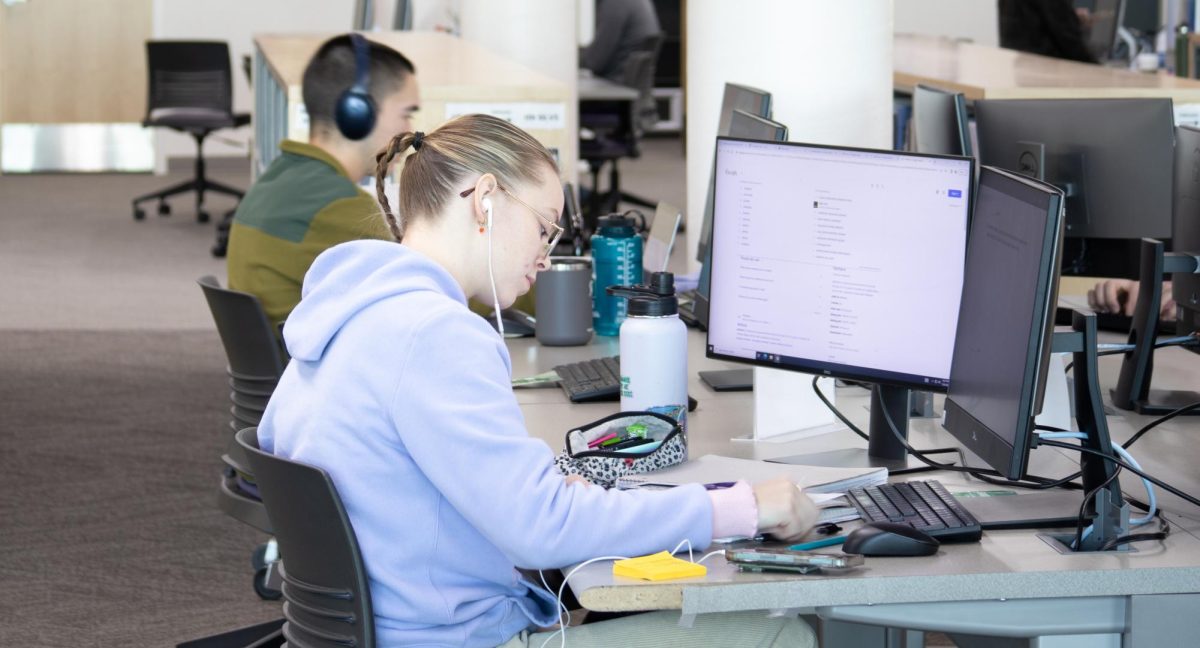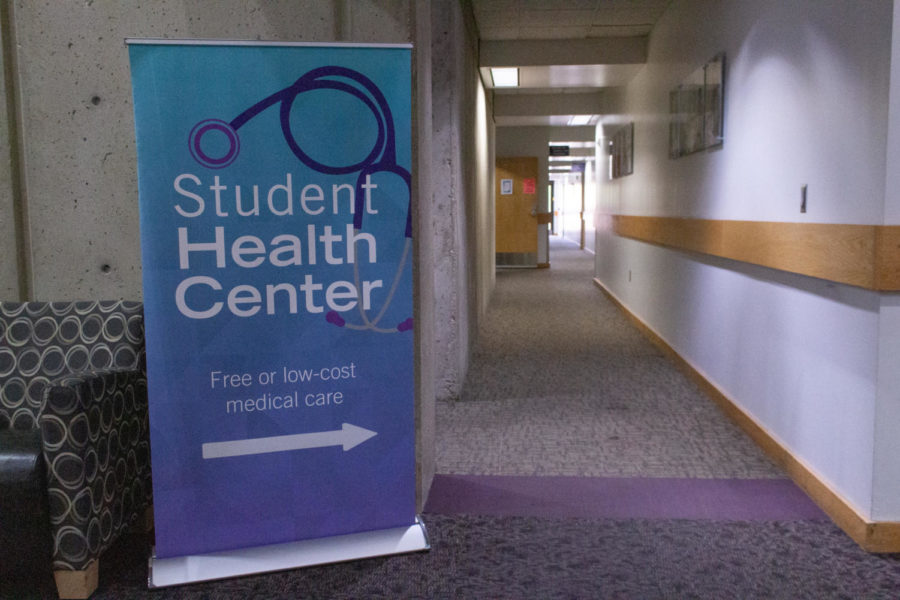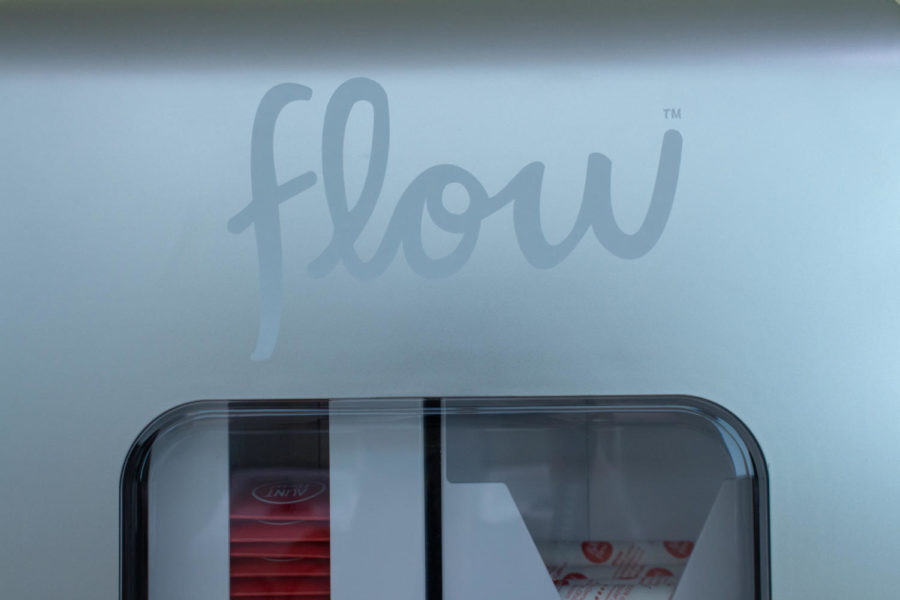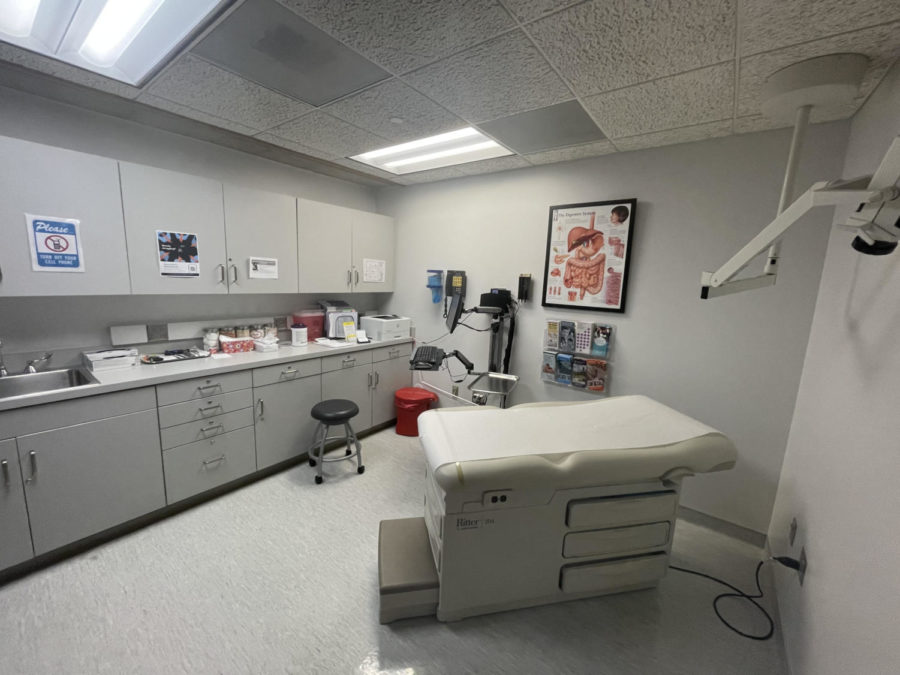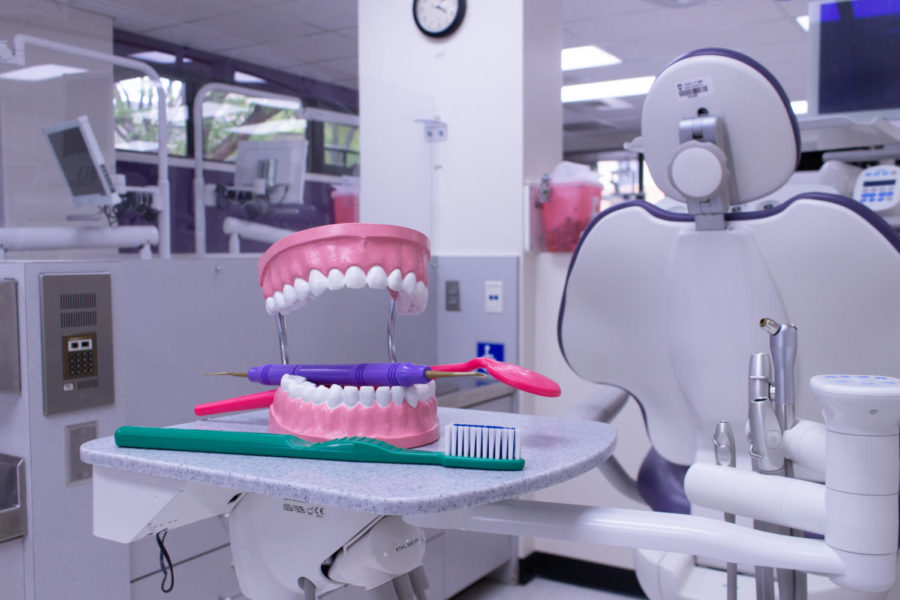
Weber State University’s radiology and dental hygiene programs are teaming up to create 3-D dental images and models.
Robert Walker, department chair of radiologic sciences, was awarded the Dr. Ezekiel R. and Edna Wattis Dumke Inaugural University Endowed Chair for $90,000.
“So I donated the money back to the department and we created this program with dental hygiene to teach dental hygienists, along with radiologic sciences students, 3-D reconstruction imaging,” Walker said.
Over the past three or four years the department has been able to obtain a series of grants and donations to upgrade the radiology lab and get the Voxar 3-D software. This software allows 3-D images to be manipulated and viewed from every angle.
With some additional funding, the dental hygiene department was able to acquire a 3-D cone beam CT unit. This machine is the dental version of the normal CT units that are used in medicine.
“In the dental office, if a dentist wanted this it would cost them at least $300,000 probably,” said Stephanie Bossenberger, department chair of dental hygiene, “because they don’t have the donors and they don’t get university pricing.”
The radiology and dental hygiene programs are staying ahead of the technology curve by going digital.
“Everything is digital now. All the X-rays are digital, CT, MRI, ultrasound,” said Rex Christensen, associate professor of radiologic sciences.
The CT unit takes digital images in many thin slices and then the software compiles the slices into one, complete 3-D object.
“It’s like a loaf of bread,” Christensen said. “So you have a loaf of bread and you pull one of those slices out and look at it; now if you take all of those slices of bread and put it back together, then you have this 3-D loaf of bread.”
The technology has been around for many years. It has been used in hospitals to take full body and cranial images, but has not entered into dentistry.
“The imaging in dentistry is very new and we intend to take it one step further,” Walker said. “We’ve done one print and we have one prototype coming this week of being able to take that 3-D reconstructive image and print it on a 3-D printer.”
Walker says that obtaining a 3-D printer is their next adventure. The 3-D printer costs about $150,000 to $200,000. The department has partial funding for that now, and hopes to have full funding in time to install it spring semester.
A 3-D model would allow a dentist to make almost exact implants and applications before seeing a patient. It would also allow them to see things that an X-ray cannot.
“If you have damage to the side of your face, they can actually scan the normal side, recreate all the missing pieces, snap it in and pull the skin over the top,” Walker said.
Bossenberger tells a story of a woman complaining of tooth pain after a root canal. A normal X-ray wasn’t showing anything that would be causing the pain.
“So basically after a root canal you should have all the infection out of your tooth and the nerve gone,” Bossenberger said. “Well she got a CT done and there was a fourth canal; normal anatomy has three.”
This information could only be obtained through use of the cone beam CT unit.
Weber State University is the first program in the country to teach 3-D reconstructive imaging to dental hygienists. Every hygienist in the clinic will have the ability to reconstruct images chair-side with patients.
“If you’re a Weber State graduate, here’s what makes you uniquely different than anyone else in the country,” Walker said.
The technology of 3-D printing is new and growing quickly. The medium is moving on from printing toys to now having an FDA-approved polymer for implants.
“I would expect someday in dentistry that you can probably go to the dentist in the morning, they do a 3-D reconstruction and then they’ll put all your teeth to a 3-D printer and you’ll be back in the afternoon and have a bridge put in or something,” Walker said.
This story was originally published with Spencer Nielson listed as the author. The real author of this story is Brian Bankhead.


